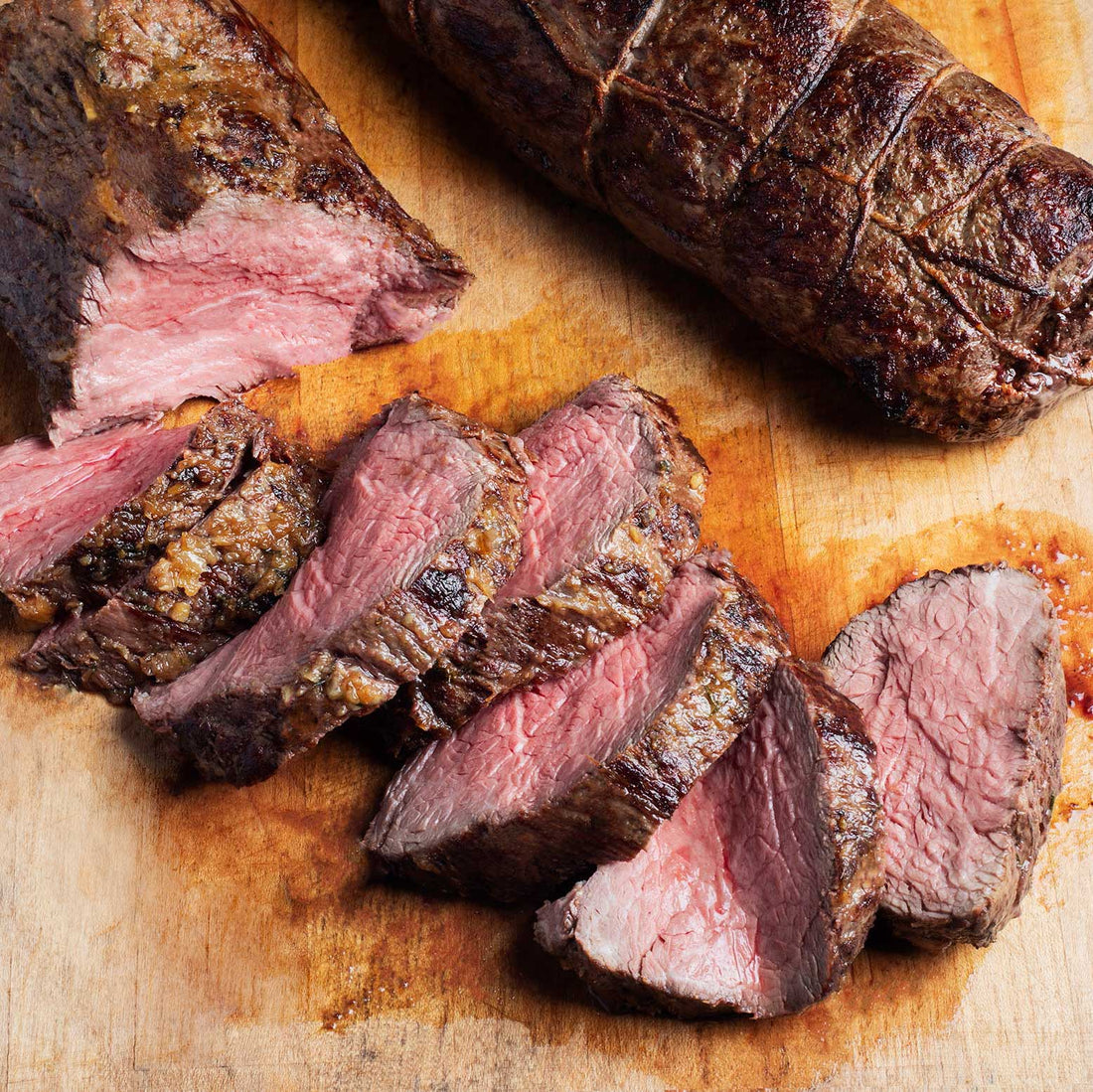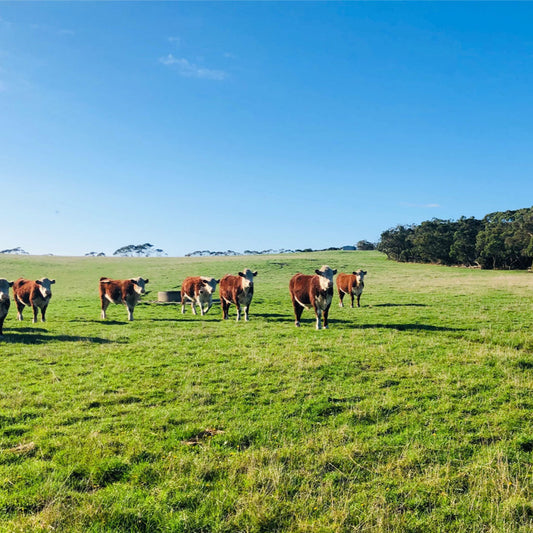
Omega 3's in Grass Fed & Finished Beef
Grass fed beef used to just be called beef.
This was back before farming turned into sticking a bunch of animals into a warehouse and feeding them processed silage, hormones, and antibiotics. Grass fed beef means cattle live on the open range where they eat, drink, browse, and even play over the span of hundreds if not thousands of acres of land. Their lives are pretty good, having been unchanged since domestication back when people just figured out fire and how to make bricks.
Grass fed beef is a good example of "if it ain't broke, don't fix it" since studies have shown that grass fed meat carries nutritional advantages over factory-farmed meat. Plus, it's just more humane.
How is Pre different?
Our beef is high in amino acids, vitamins, and yes, even Omega 3's. At Pre, we have always done what we can to consistently bring the best to your table. Our beef is sourced only from grass-fed producers, without the use of GMOs, antibiotics, or hormones. We do our homework in following the best practices and believe our dedication to quality and sustainable farming and ranching practices make all the difference. Not only in how our beef tastes but the quality of nutrition you can expect from Pre.
What even are Omega 3's?
- Omega 3's are fatty acids. They come in eleven different types: ALA, EPA, and DHA.
- ALA (alpha-linolenic acid) is found primarily in plants, and must be converted to EPA and DHA. Cattle are great at doing this. Humans are not.
- EPA (eicosapentaenoic acid) and DHA (docosahexaenoic acid) are animal-based fatty acids that are found in grass-fed beef. (EPA and DHA are also easier to say.)
- These fatty acids are important for brain development and function.
- Your body cannot make Omega 3's on its own.
- Omega 3 deficiency is serious, and has been linked to:
- Depression
- Lower intelligence
- Cancer
- Arthritis
- Alzheimer's disease
- and many others
Read more: Trick or Truth: Nutrition Mythbusting
What is the difference between grass fed and grain fed when it comes to Omega 3's?
Grass-fed animals live a life that is preferable to factory farming, not only because of the inhumane conditions on a factory farm, but also in how nutrition is carried in the animal itself. Factory farms are places of high-stress, which affects cattle and other animals greatly. Studies have shown that increased stress on farm animals diminishes their health, their ability to carry nutrients, and often requires vitamin supplements as well as antibiotics just to get them to pass inspection. We always have specific ossification scores we only use to check for the quality of life cattle have.
Grass fed cattle graze the open range under wide-open skies, eating grasses that absorb nutrients from the sunshine as well as freshwater. They are spread out and live relatively stress-free existences in herds, as they have done for millions of years. The grasses they are eating are not processed, high-calorie feed that is designed to bulk up the cattle prior to processing. Living grasses are high in nutrients, which haven't been leached out by silage processing, which in turn are carried all the way into the meat of the animal.
The ALA Omega 3's go from grass to cattle, where they are processed to become other beneficial Omega 3's which humans can benefit from in beef, along with amino acids, vitamins, and saturated and unsaturated fats which are essential to life.
Where can I find Pre?
Check out our store locator to find out where you can buy Pre near you! If you don't see a close location, request Pre at your local grocery store with this form. Want to learn even more? If you want to aspire to become the beef geek of your block, join our email list (below) to get delicious offers, events, recipes, and more!


